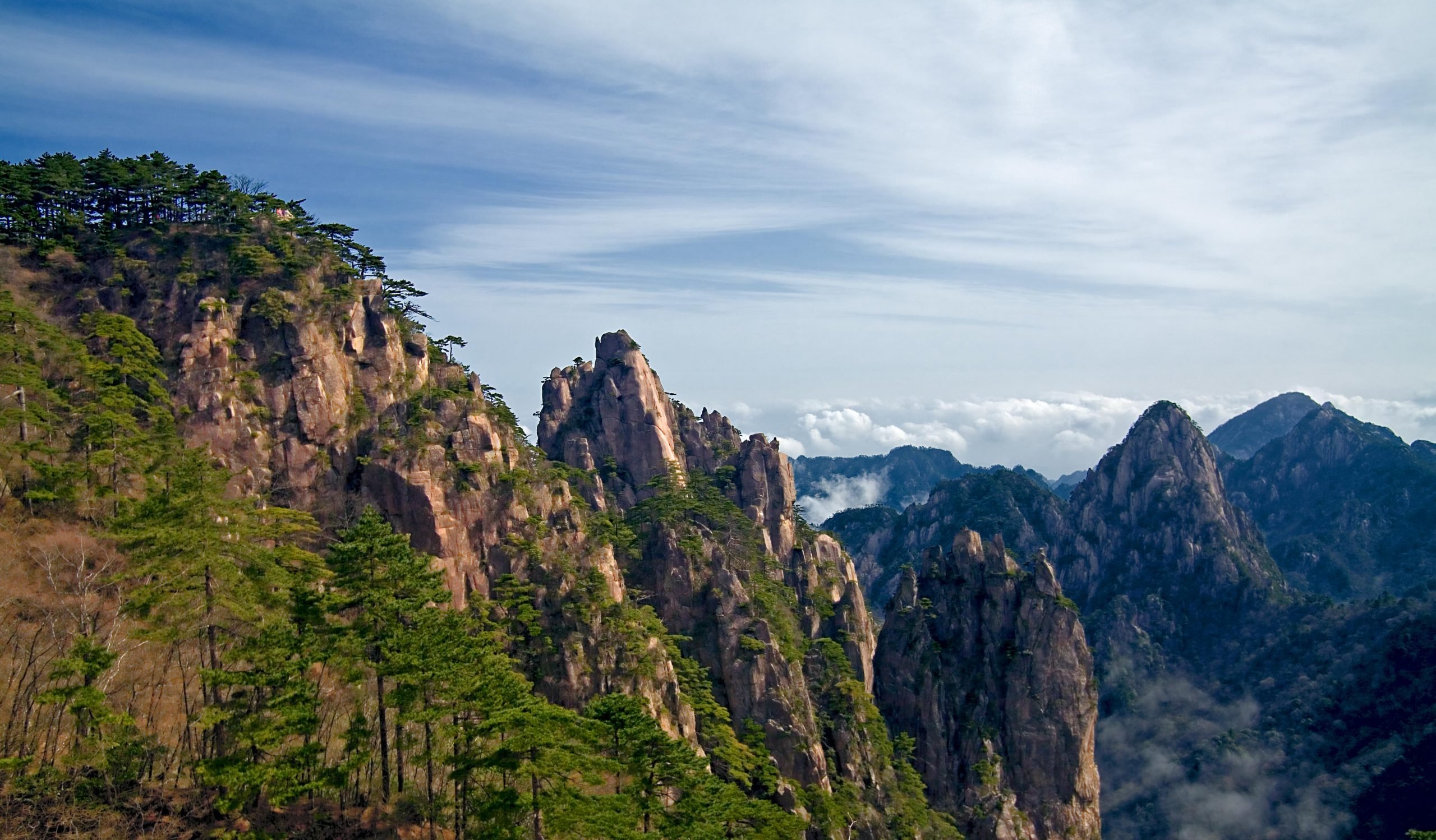
Will people still be afraid of large crowds after social distancing measures have been lifted?
Perhaps not. When China removed its quarantine requirements over the weekend, thousands of citizens flocked to the Huangshan mountains in Anhui province, where the government was offering free entry to the three-day Ching Ming festival to help boost tourism, according to reports that originated on Weibo.
In pictures that quickly circulated on the popular social media platform, hordes of people packed together cheek to jowl on the paths. The rush was so great that, by Saturday morning, officials announced the park had reached its 20,000-person capacity and would close.
The cultural landmark was designated a UNESCO world heritage site in 1990, and features narrow walking paths that even in normal times would require some amount of physical contact between visitors.
China was the first country to be hit by the novel coronavirus, and suffered a staggering death toll beginning in late December 2019, though it seemed that vigilant isolation measures were having a positive effect. On Monday, the country reported only 39 new case. The total cases reported for China stand at 81,708 with 3,331 deaths.
Museums and cultural attractions that were closed from late December and early January include the Great Wall of China, the Forbidden City, the Terracotta Army, as well as malls and other tourist destinations, putting a huge dent in the tourism industry.
In mid March, however, several museums in China announced they would reopen to the public, with advanced health and safety measures in place. Now it seems that may have been too much, too soon, as images show security officers holding back crowds at Huangshan, and worries mount that another wave of the virus could take hold.
Hong Kong, which had offered a model of success for the rest of the world with relatively few COVID-19 cases, took drastic measures to flatten the curve and then attempted to reopen museums in mid March, only to watch the cases climb right back up as soon as travel bans loosened and public interaction resumed. Hong Kong then reversed its decision and re-instituted closures, signaling what may be in store for mainland China.